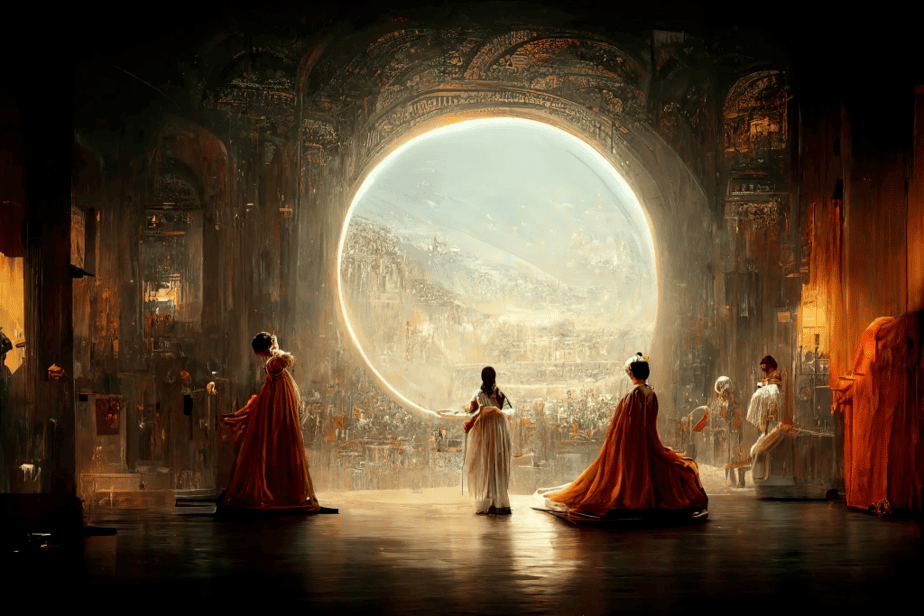The integration of generative artificial intelligence (AI) in contemporary art has ushered in a new era of creative exploration and innovation. As AI algorithms evolve and advance, artists and researchers harness the power of generative AI to push the boundaries of artistic expression, redefine traditional practices, and challenge established notions of creativity.
From mesmerizing visual compositions to AI-generated music and interactive storytelling experiences, the evolution of generative AI in contemporary art has transformed how we perceive, create, and engage with artistic works.
In this article, we will delve into the fascinating world of generative AI in art, exploring its impact, potential, and the remarkable examples that illustrate its evolution in the realm of contemporary art.
Evolution Of AI In Art
The integration of Artificial Intelligence (AI) into artistic expression marks a dynamic intersection of technology and creativity, with roots tracing back several decades. Here’s a concise overview of the key milestones in the history of AI’s impact on artistic endeavors:
Early Experiments (1950s-1970s)
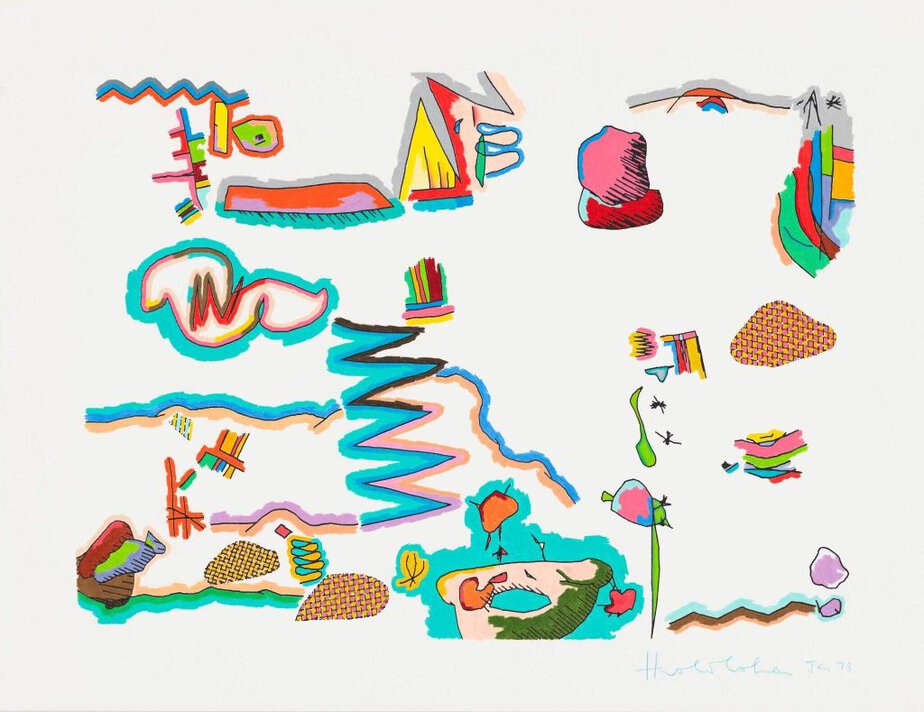
The exploration of AI in artistic expression began in the mid-20th century, coinciding with the emergence of computational technologies. Early experiments, such as AARON, a drawing program developed by Harold Cohen in the 1970s, laid the foundation for AI’s role in generating visual art.
Algorithmic Art (1980s-1990s)
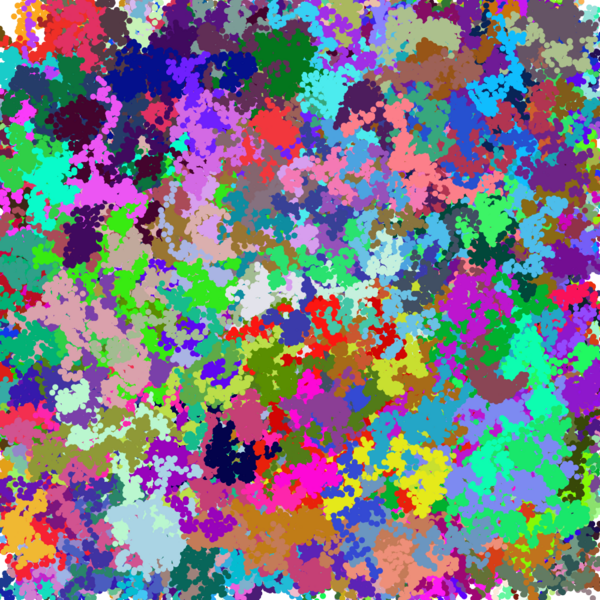
During the 1980s and 1990s, artists increasingly employed algorithmic approaches to create art. Programs like Fractint, which generated fractal images, and William Latham’s Mutator series, which used genetic algorithms to evolve 3D forms, exemplified the fusion of AI techniques with artistic practice.
Interactive Installations (2000s)

The 2000s witnessed a surge in interactive installations that incorporated AI technologies. Artists like Rafael Lozano-Hemmer and Golan Levin created immersive experiences that responded to audience input, blurring the boundaries between art and technology.
Deep Learning Revolution (2010s)
The advent of deep learning algorithms revolutionized AI’s impact on artistic expression in the 2010s. Neural networks, particularly Generative Adversarial Networks (GANs) and Recurrent Neural Networks (RNNs), enabled the generation of highly realistic images, music, and texts, sparking renewed interest in AI-generated art.
Mainstream Recognition (2010s-2020s)
AI-generated art gained mainstream recognition in the art world, with notable examples including the sale of “Portrait of Edmond de Belamy” by the AI program Obvious for over $400,000 in 2018. Museums and galleries began showcasing AI-generated artworks, solidifying its status as a legitimate form of artistic expression.
Exploration of Ethical and Conceptual Themes
As AI became more integrated into artistic practice, artists and theorists explored ethical and conceptual themes surrounding AI-generated art. Questions about authorship, creativity, and the role of the artist in relation to AI technology emerged as central topics of discussion.
Continued Innovation and Experimentation (Present)
Today, artists continue to innovate and experiment with AI in diverse ways, pushing the boundaries of artistic expression. From immersive virtual reality experiences to AI-generated poetry and music, the possibilities for AI in art are continually expanding, reflecting ongoing advancements in technology and creative exploration.
The history of AI in artistic expression is characterized by a trajectory of experimentation, innovation, and critical reflection. As AI technologies evolve and intersect with artistic practice, they continue to reshape the landscape of contemporary art, offering new avenues for creative exploration and expression.
Generative AI has also enabled artists to explore unconventional mediums and forms of expression. By training algorithms on diverse datasets, artists can generate visuals, music, poetry, and even multimedia artworks that possess a unique aesthetic and conceptual quality. This opens up possibilities for interdisciplinary collaborations, where artists work alongside computer scientists, engineers, and data analysts to push the boundaries of their respective fields and create innovative and thought-provoking artworks.
Here are a few examples that highlight the evolution of generative AI in contemporary art:
Portrait of Edmond de Belamy by Obvious
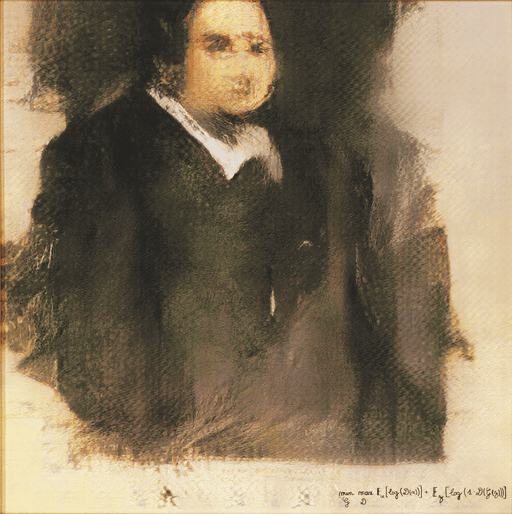
In 2018, a generative AI algorithm created by the art collective Obvious generated a portrait titled “Portrait of Edmond de Belamy.” The artwork was the first AI-generated piece to be sold at auction, fetching a significant price. This groundbreaking example not only demonstrated the creative potential of generative AI but also raised questions about the value and authenticity of AI-generated art.
The Next Rembrandt by ING and Microsoft
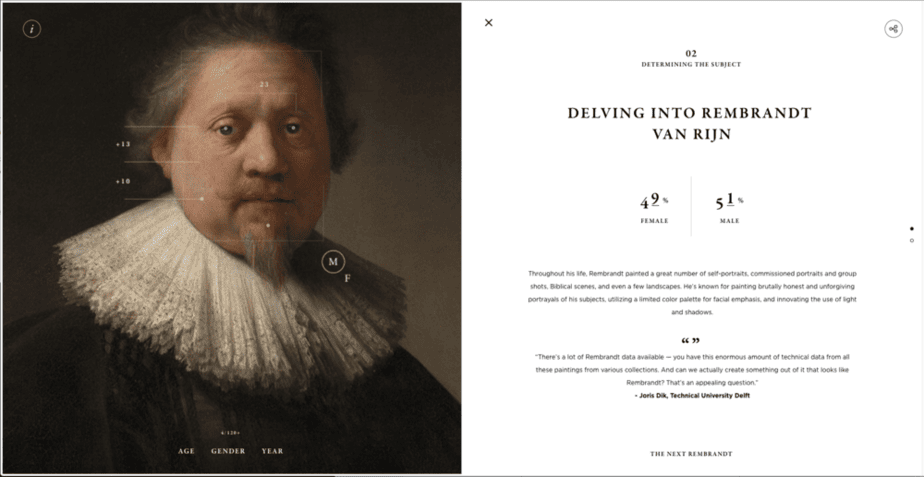
In 2016, ING Bank and Microsoft collaborated to create an AI system that could mimic the style of the renowned Dutch painter Rembrandt. The AI algorithm analyzed Rembrandt’s existing works, identifying patterns, brushstrokes, and subject matter. It then generated a new painting in the style of Rembrandt, showcasing how generative AI can emulate the techniques and aesthetics of historical artists.
Deep Dream by Google
Deep Dream is a project by Google that uses deep learning algorithms to generate surreal and dream-like images. By training the algorithm on various datasets, including famous artworks, the system can transform ordinary photographs into visually captivating and hallucinatory compositions. Deep Dream exemplifies how generative AI can enhance and reinterpret existing imagery, creating new artistic perspectives.
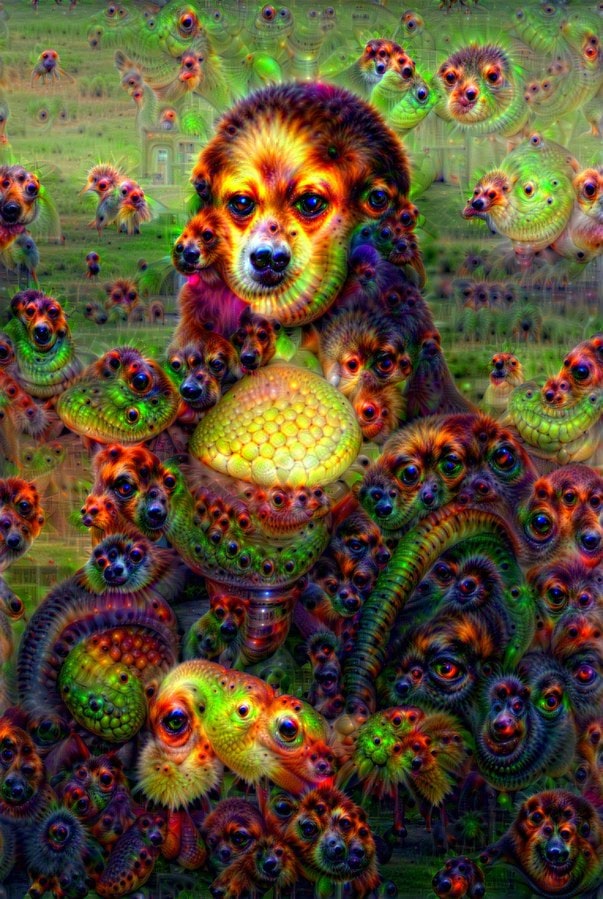
Flow Machines by François Pachet
François Pachet, a researcher and composer, developed the “Flow Machines” project, which utilizes generative AI algorithms to compose music. By analyzing vast amounts of music data and learning from different musical styles, the AI system can generate original compositions in various genres. This project showcases how generative AI can be applied to the realm of music, expanding the boundaries of composition and offering new creative possibilities.
AI Dungeon by Latitude
AI Dungeon is an interactive storytelling game powered by generative AI. Players can engage in open-ended narratives, where the AI algorithm generates responses and scenarios based on user input. The game demonstrates how generative AI can create immersive and dynamically evolving experiences, blurring the lines between traditional storytelling and interactive art forms.
These examples represent just a fraction of the diverse applications of generative AI in contemporary art. Artists and researchers continue to explore and experiment with this technology, expansion of borders of creativity and challenging our perceptions of art and artistic processes.
In addition to expanding the creative process, generative AI has also influenced art curation and exhibition practices. Curators and galleries are incorporating AI-generated artworks into their collections and exhibitions, recognizing the significance of this emerging form of artistic expression. This shift in the art world prompts discussions about the valuation, acquisition, and preservation of AI-generated artworks, as well as the challenges of exhibiting and interpreting these ever-evolving creations.
Exploring Generative AI in Contemporary Art
Generative Artificial Intelligence (AI) has emerged as a powerful tool in contemporary art, pushing the boundaries of creativity and expression. This cutting-edge technology allows artists to explore new realms of imagination, generating artworks that blur the lines between human and machine creativity. From algorithmic compositions to dynamic visualizations, generative AI is revolutionizing the art world in unprecedented ways.
Algorithmic Creations
Generative AI algorithms enable artists to create intricate and complex artworks by leveraging mathematical models and algorithms. These algorithms can generate art based on predefined rules, parameters, or even through machine learning techniques that allow the AI to learn and evolve its creative output over time.
Interactive Installations
Artists are using generative AI to create immersive and interactive installations that respond to the environment or audience input. These installations often combine AI-generated visuals or audio with sensors and other technologies to create dynamic and engaging experiences for viewers.
Exploring Creativity
Generative AI challenges traditional notions of creativity by introducing new ways of generating and conceptualizing art. Artists are collaborating with AI systems to explore the creative process itself, questioning the role of the artist and the boundaries of human imagination.
Data-driven Art
Generative AI can analyze vast amounts of data and transform it into visual representations, allowing artists to explore complex datasets in innovative ways. This data-driven approach enables artists to tackle pressing social issues, scientific concepts, or personal narratives through visual storytelling.
Ethical Considerations
As generative AI becomes more prevalent in the art world, questions arise about authorship, ownership, and the ethical implications of using AI in creative processes. Artists, technologists, and ethicists are grappling with these issues, seeking to establish guidelines and best practices for responsible AI use in art.
Future Directions
The intersection of generative AI and contemporary art continues to evolve rapidly, with artists pushing the boundaries of what is possible. As AI technology advances, we can expect to see even more innovative and groundbreaking artworks that challenge our perceptions of creativity, authorship, and the human-machine relationship.
Generative AI offers artists a powerful toolkit for exploring new forms of expression and creativity. By embracing this technology, contemporary artists are redefining the artistic landscape and inspiring new dialogues about the nature of art in the digital age.
Overall, the evolution of generative AI in contemporary art is a dynamic and ongoing journey. It continues to redefine artistic practices, expand creative possibilities, and challenge established norms. As an artists, technologists, and society as a whole engage in critical conversations about the impact of AI on art, we witness an ever-evolving landscape where human creativity and machine intelligence converge to shape the future of artistic expression.


